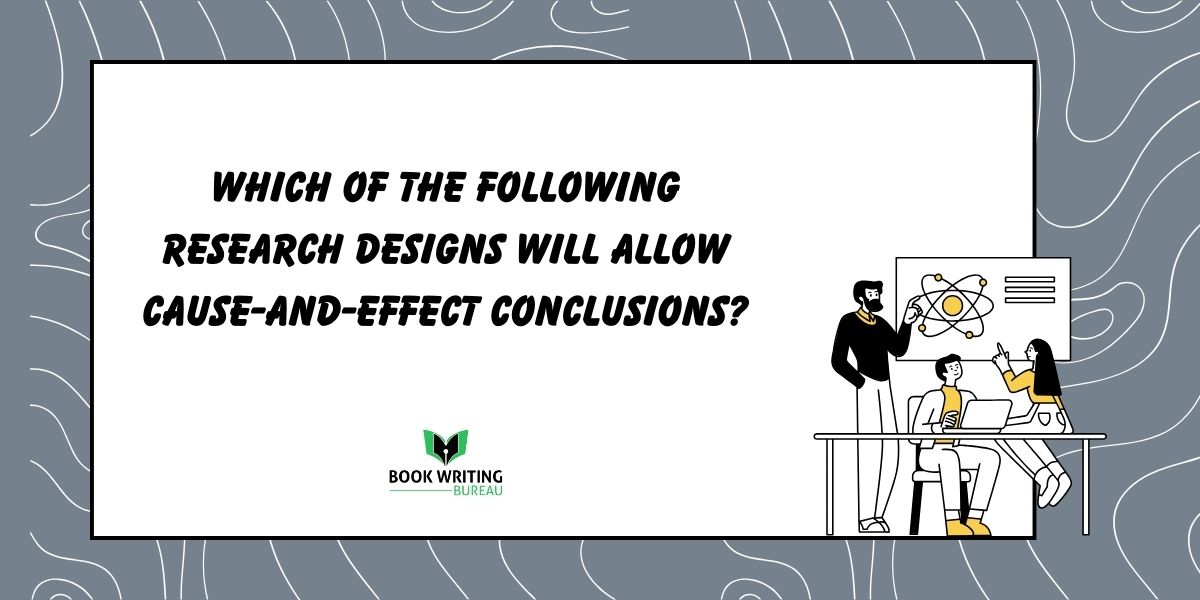
Writing
The journey from a thought to a published page can be as intricate and artful as the dance of ink on paper. If you have ever wondered how to bring your words to life, you are not alone.
A book’s publication is significant for both upcoming and seasoned poets. Aside from boosting creative confidence, publishing a poetry book is personally and professionally fulfilling. If you are considering taking this step, exploring online book publishing services can be a crucial part of turning your poetic vision into a tangible reality.
It may give you something to strive for and motivate you to develop your writing skills. Also, provide opportunities for public exposure and build a wonderful platform for your creative work.
Self-Guide to Publish a Poetry Book:
It takes courage and determination to publish a poetry book. Many poets putting a manuscript before poetry book publishers takes years of writing and planning.
For poets seeking a method to share and commercialize their work, publishing a poetry collection may be a pleasant, meaningful, and lucrative experience.
Step 1: Write Every Day
You must develop a regular writing practice to create enough poems to fill a book. Some poets start each day’s writing with a specific objective in mind.
Others begin by journaling or free writing (a practice similar to brainstorming in which lines or ideas are swiftly written down as they occur to you, without pausing or thinking about grammar).
This can help you generate ideas or lead to an image or line that will inspire a new poem. Visit the Poets & Writers website for a selection of poetry writing prompts.
Step 2: Polish Your Collection
Before you try to publish a poetry book or publish a comic book, it’s essential to have a complete, polished collection of poems. Revisit each piece, ensuring it resonates with your intended theme and voice. Consider organizing your collection to create a compelling flow for the reader.
Step 3: Avoid Using Buzzwords
This writing technique may bring up memories of English class, but it is solid advice for writers of all levels. When you see or hear a clichéd phrase, you recognize it, proving it is overused and unimaginative.
Examples include phrases such as “fluffy as a cloud,” “at the speed of light,” “clear blue water,” “scared to death,” “the writing on the wall,” and “lasted an eternity.”
Practice scanning your poetry for such tired sentences and deleting them. Poetry’s strength comes from the imaginative use of language, so select your words carefully.
Step 4: Understand Your Motivation
Every poet has a unique reason for wanting to publish a poetry book. Some aim for recognition, while others desire to share their voice with a broader audience. Determine your motivation. This understanding will guide your decisions throughout the publishing process.
Step 5: Craft and Refine Your Poetry Collection
A poetry book isn’t just a random assortment of poems. Curate a cohesive collection that tells a story or revolves around a central theme. Once curated, revise and polish each poem, ensuring they’re their best version.
Step 6: Research Publishers
Countless publishers are out there, but not all will be right for your work. Research and expert book publisher who caters to your poetry style and audience. This step can drastically increase your chances of acceptance.
Step 7: Prepare a Book Proposal
A book proposal is essential when approaching traditional publishers. This document will include an introduction, a summary of your work, a table of contents, and sample poems. It acts as a pitch, showcasing why your poetry book is a valuable addition to their catalog.
Step 8: Write a Compelling Cover Letter
When submitting your book proposal, accompany it with a well-crafted cover letter. This letter should briefly state who you are, your poetry’s essence, and why you believe it fits the publisher.
Step 8: Hire Professional Help
Whether you’re going the traditional or self-publishing route, consider hiring professionals for editing, cover design, and formatting. These elements can significantly impact how your poetry book is received.
Step 9: Plan a Launch Strategy
A solid launch strategy can set the stage for your book’s success. This includes setting a release date, organizing readings or launch parties, and leveraging social media to create buzz.
Step 10: Network with Other Poets
Join poetry communities, attend workshops, and engage in poetry readings. Networking with fellow poets can open doors to publish a poetry book opportunities and offer
Why Has Poetry Always Been a Popular Genre?
Many people use poetry to convey their thoughts or challenges or to understand the world around them.
These are generally discussed topics in the poetry industry:
Social concerns: Some poets discuss and remark on political and social concerns, ranging from war and poverty to prejudice and injustice, while focusing on other subjects. Short verses composed have been utilized on several occasions to promote social change.
The most popular topic in poetry is love. Poets write on several types of love, including romantic, family, and spiritual love.
Nature: The beauty of the natural world is another prominent topic to publish a poetry book
Mortality: Many poets investigate the concept of mortality.
Spirituality: Many poems express their writers’ views, faith, doubts, and the purpose of life.
Self-discovery: Poets use verse to explore their self-discovery journey. They have doubts about their identity and their role in the world.
Aesthetics: Poetry is, at its core, a type of art. That is why many poets prefer to write about the beauty they observe in the world, even in the most mundane settings.
How Do You Order the Poems in A Poetry Book?
Ordering the poems in a collection can be difficult because most modern poetry anthologies lack a regular narrative structure.
When considering the construction of a poetry book, keep the Five E’s in mind:
- Enmeshment: Do the poems feel connected? Can you explain why one poetry comes after or before another?
- Evenness: Do the poems appear to be equally spaced? Or does one section of the book appear “better written” than another?
- Evolution: Does the topic develop and evolve throughout time? Does the speaker experience any brand-new insights? Or do concepts just recur in parallel ways?
- Experience: Do these poems provide the reader with any fresh experiences? Will the reader’s perception of the world be questioned, expanded upon, or enhanced?
- Experiment: Do these poems experiment with language, shapes, and structures? Do they look for creative and novel linguistic uses?
Better Promotion Ideas: Some Platforms To Publish Your Poetry
Best self-publishing companies do not have to be limited to printing and distributing book copies. If you want to publish and promote your poetry for the rest of the world to read, you should check into all of your options.
Social Networking Sites:
Creating a dedicated author Instagram or Facebook account is a risk-free, beginner-friendly approach to begin establishing an audience for your poems. Combine your poems with inspirational quotations and imagery to create a distinct brand and statement. As you embark on this journey, consider a reliable book marketing service to amplify your reach and connect with a broader audience for your poetic work.
Price Promotion:
- Amazon
- iTunes Books
- NY Publishers
- Barrington & Noble
- Play Books on Google
You need a published title offered by the shops listed above to develop and conduct a pricing campaign.
As the special rates will be made accessible to merchants at the latest on the start date you have set, you may change your campaign up to three days before it begins. The deal could be available a day before schedule at some retail locations, including Barnes & Noble and Amazon.
Your original rates may take one or two days to be reset once the discount deal expires.
Poets’ Online Communities:
For example, websites like All Poetry and Hello Poetry allow you to publish a poetry book online, read others’, and get real guidance from more experienced authors. If you’re considering taking this step, additional resources on how to find the publisher of a website can provide insights into navigating the publishing process effectively.
Magazines and Journals:
Do you believe you have a winning strategy? Add material or even send your article to several publications and periodicals.
Your neighborhood:
To get a larger local audience, you may get inventive and sell your art on postcards, magnets, and other items at farmers’ markets. Additionally, you might frame some shorter works and inquire about display opportunities at nearby coffee shops.
Final Words:
A poetry book’s publication takes careful planning and execution, even if it is a passionate journey. Each stage is important, from the conception of your literary concepts to publication as a book.
The importance of book covers cannot be overstated. Hire the best book cover designers and make your poetry stand out on a shelf or in an online store by giving it a visual voice.
Remember that the details frequently determine success as you set out on this trip. Your voice and poems will endure through the centuries if you correctly publish a poetry collection.



